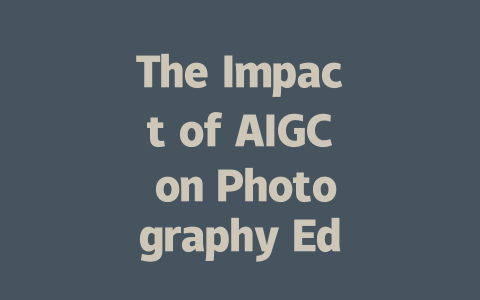
As artificial intelligence continues to advance, Generative AI Content (AIGC) is becoming a significant force in various creative fields, including photography education and art creation. With the capability to analyze, generate, and modify visual content, AIGC is transforming how educators, artists, and students approach the art of photography.
Understanding AIGC in Photography
AIGC refers to technologies that utilize artificial intelligence algorithms to create content autonomously or assist in the creative process. In photography, AIGC can help generate images, enhance existing photographs, or even suggest edits based on style, composition, and subject matter. This technology allows photographers to explore new creative avenues and push the boundaries of their artistic expression.
Enhancing Photography Education
In the realm of education, AIGC tools provide numerous advantages for both instructors and students. Here are a few key ways AIGC is enhancing photography education:
Personalized Learning Experiences
AIGC can analyze a student’s work and offer tailored feedback, helping each individual to grow at their own pace. By harnessing machine learning models, educators can provide specific suggestions for improvement, identify strengths, and rectify weaknesses in real-time.
Expanding Creative Horizons
With AIGC, students can experiment with different styles and techniques without the constraints of traditional photography. AIGC tools allow learners to generate images in various styles—from classic black-and-white photography to contemporary digital art—broadening their artistic perspective and encouraging them to push their creative boundaries.
Accessibility and Affordability
Access to high-quality photography education can be limited by geographical and financial barriers. AIGC offers online platforms and resources where learners can access tutorials, virtual workshops, and AI-generated content to develop their skills. This democratization of knowledge enables a wider audience to engage with and learn photography.
Shaping the Future of Art Creation
Artists are increasingly integrating AIGC into their workflows, leading to exciting developments in the art world.
Collaborating with Technology
The use of AIGC in artistic creation enables photographers to collaborate with technology in innovative ways. Artists can generate original concepts, blend different visual elements, and even produce large-scale projects that would be time-consuming or impossible through traditional means. This collaboration blurs the lines between human creativity and machine assistance.
Ethical Considerations
As AIGC becomes more prevalent in photography, ethical considerations come to the forefront. Issues such as authorship, copyright, and authenticity arise as artists incorporate AI-generated elements into their work. The photography community must engage in critical discussions to establish guidelines that address these concerns while embracing technological advancements.
Conclusion
AIGC is undeniably reshaping the landscape of photography education and art creation. By providing personalized learning experiences, expanding creative possibilities, and facilitating collaboration with technology, AIGC opens doors for both emerging photographers and seasoned artists. However, as this technology advances, it is crucial for educators, artists, and the industry to navigate the ethical challenges it presents, ensuring that the creative process remains rooted in authenticity and respect for artistic integrity. Embracing AIGC could very well redefine the future of photography, making it an exciting time for both learners and professionals.

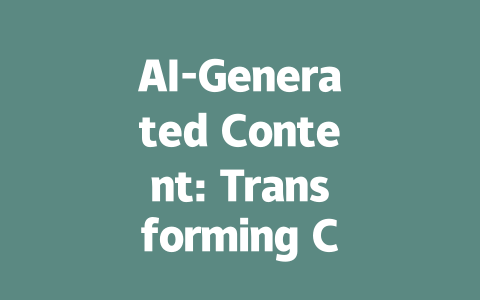

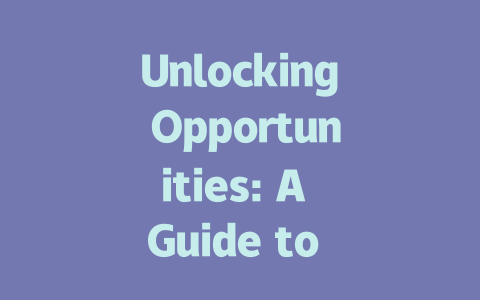

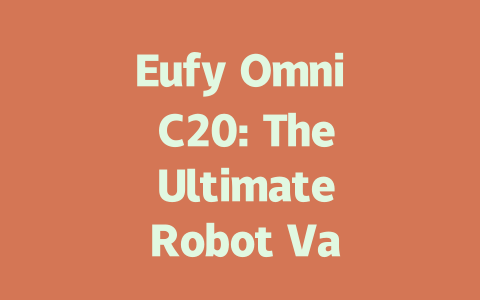

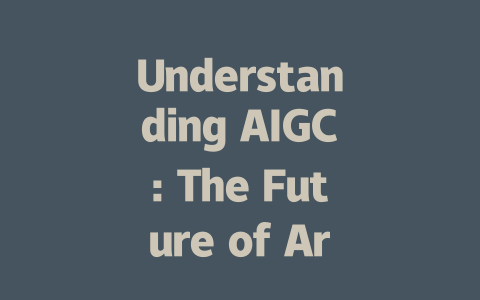
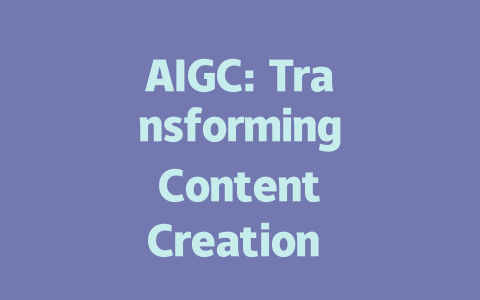
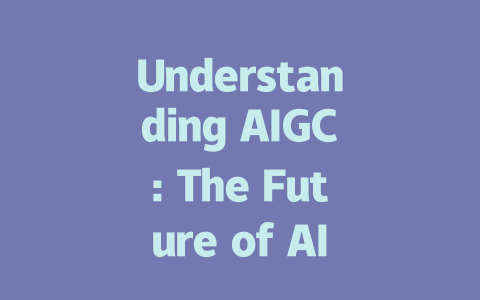
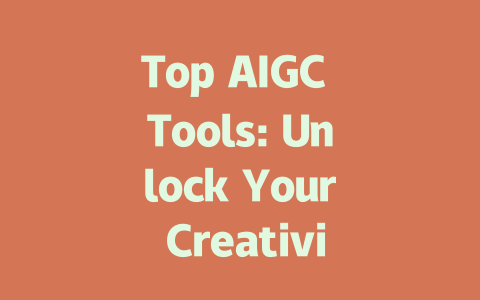

暂无评论内容